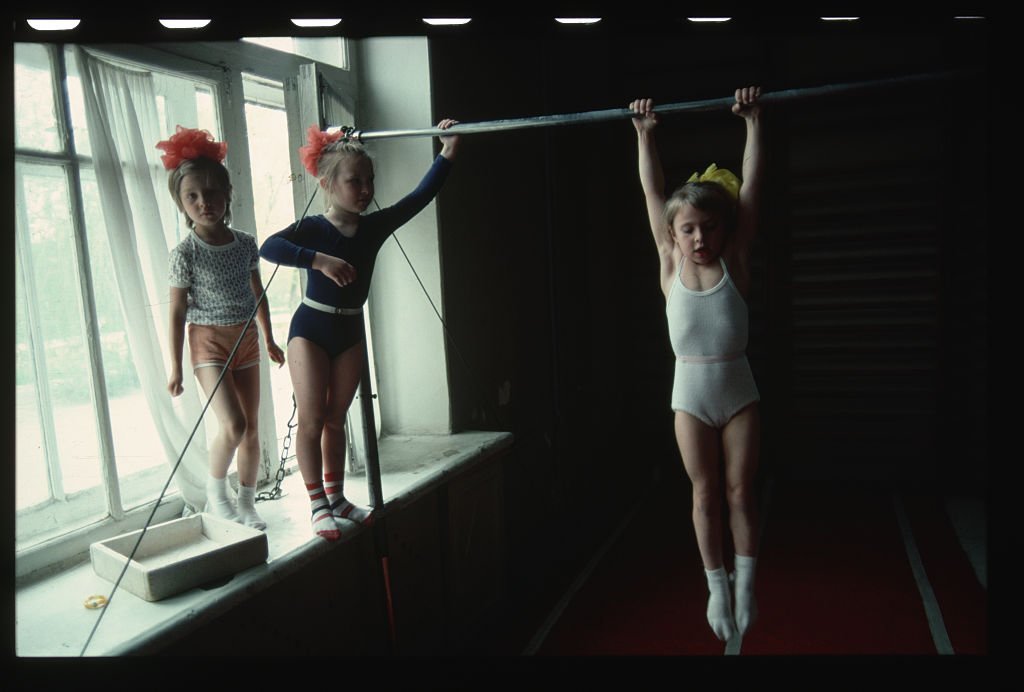Playing sports promotes good health all while having a good time. Nutritionists advise that kids should be involved with sports since working a sweat does the body good. It also develops critical social skills that will prove useful later on in their lives. We plan to help you choose the activity that is optimal for your child’s growth by rounding up a list of the healthiest sports around:
When it comes to cardiovascular health, Swimming is king. It helps build lean muscle and regulate a healthy weight. It’s also doesn’t subject your child to high-impact injuries that they may experience from common sports like football and the likes. Your kid can also do it all year round thanks to indoor and outdoor pools.
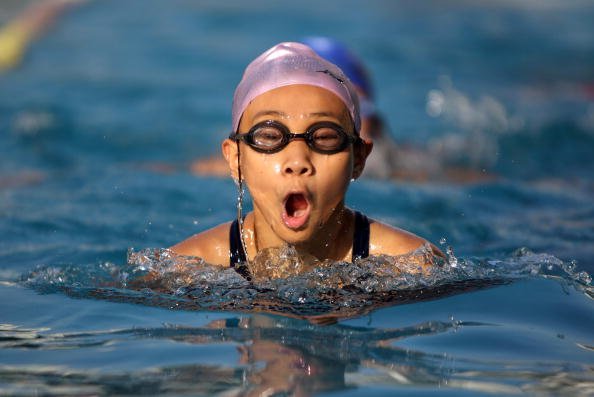
Basketball is an impact sport that requires the use of body and mind. It teaches players to learn how to work as a team as well as burn more calories compared to most sports. Kids can learn essential qualities like coordination, situational awareness, and decision-making. The game is also known to have stress-reducing qualities.
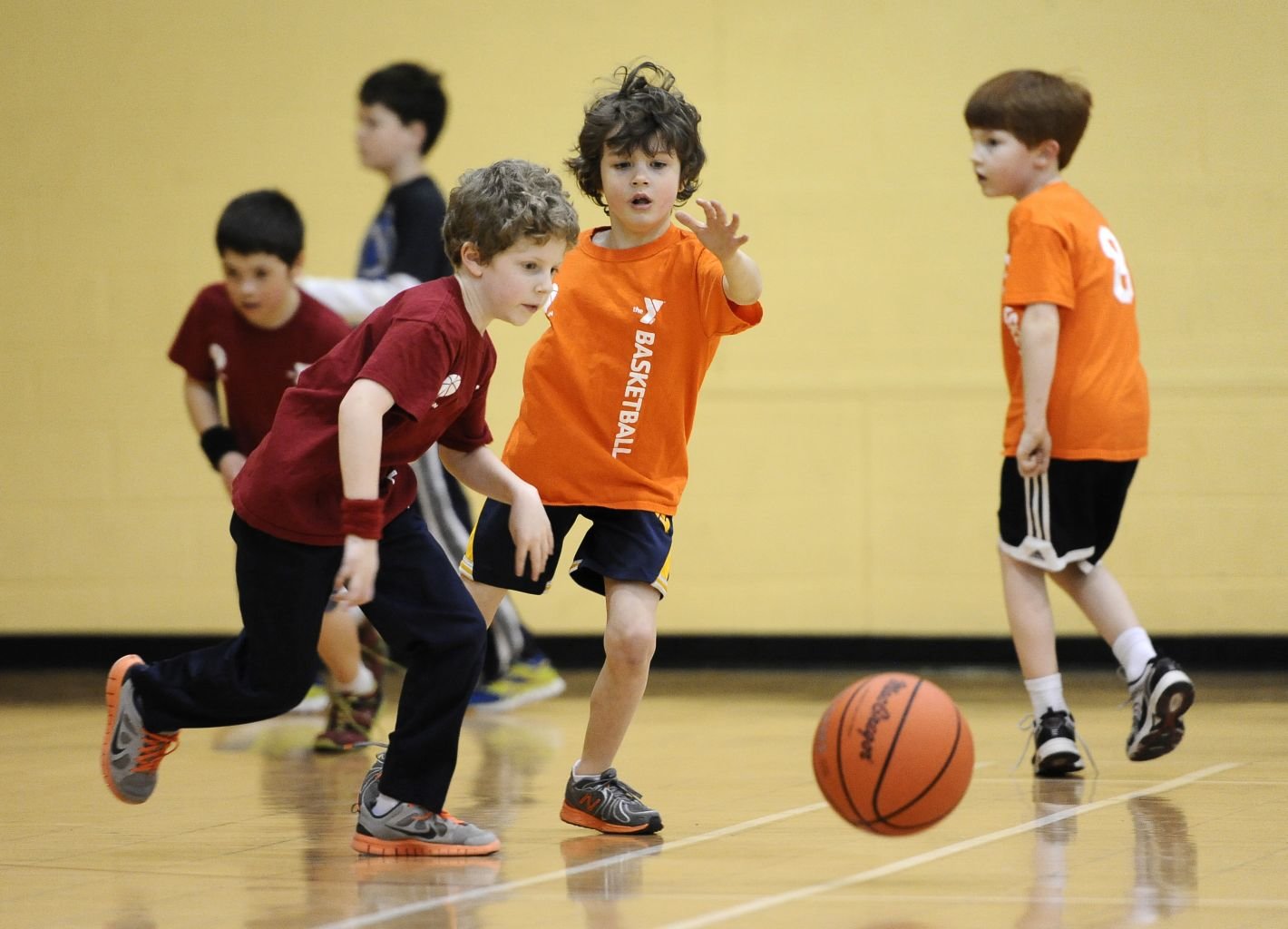
Cycling can be an excellent alternative for kids who have a shy personality. The low-impact sport is used by parents to get their kids away from video games. Research shows that the endorphins it helps produce help kids develop a love that they will bring with them past their school years.
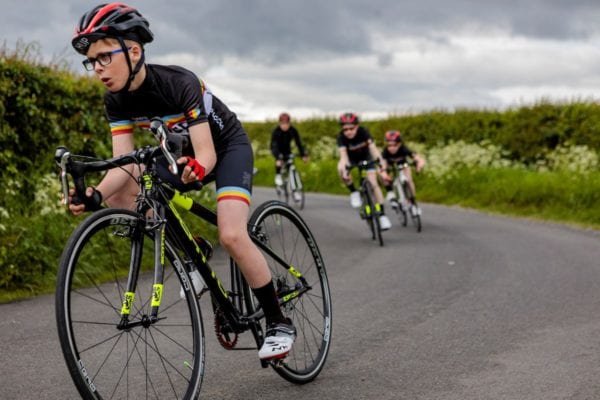
Playing tennis can do wonders to any child’s health. The quick and short bursts of energy required to perform the sport can burn up to 600 calories per hour!
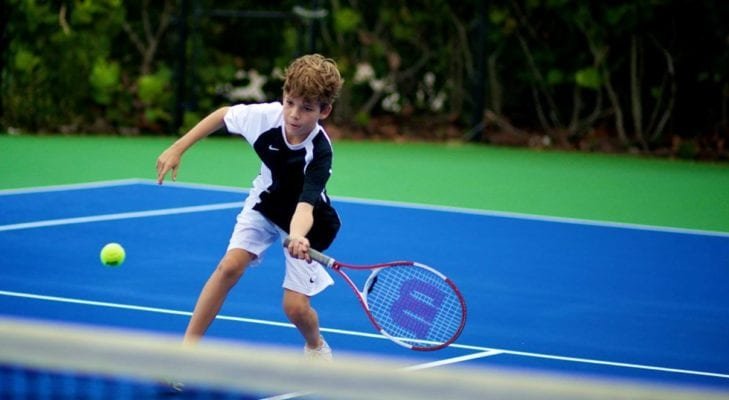
Volleyball is a sport that increases a child’s metabolic rate, flexibility and improves their overall mood. It is a top-favorite sport that teaches the value of working in a team. Volleyball players are known to be healthy, agile, and physically fit.
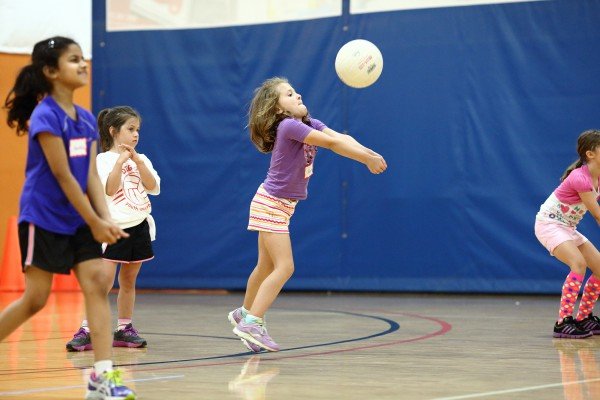
Premier mental and physical fitness lies within the boundaries of Gymnastics. The level of concentration, problem-solving and physical strength it requires are high. Gymnasts are incredibly flexible and robust. It’s better to start them young because the bones of a child are more adaptable.
